Oyster Cultivation in Aceh-Indonesia
I wrote this post to participate in the #monomad challenge as well as to inform friends about oysters in Aceh, Indonesia.

There are two types of oyster habitats in Aceh: natural oysters found in river areas and oysters intentionally cultivated by farmers.
In particular, the oyster cultivation in Alue Naga, Banda Aceh began in 2019, which was initiated by the mayor of Banda Aceh. The mayor said the initiative to build oyster cultivation for the community came from Higashimatsushima City, Japan.
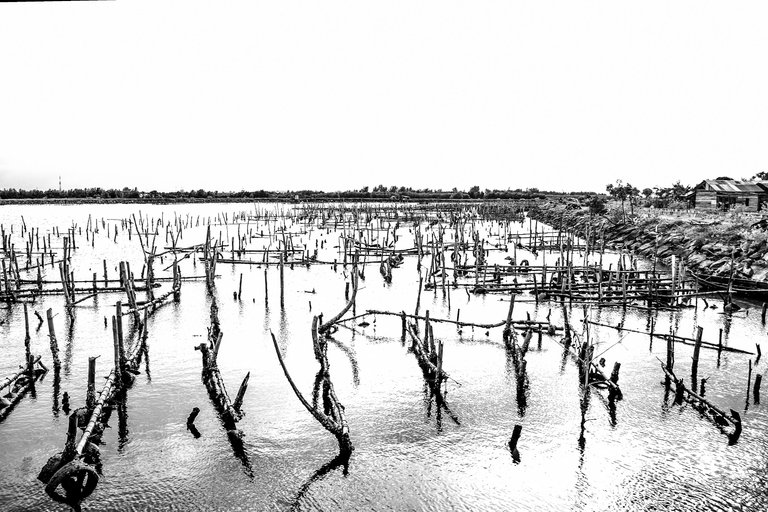
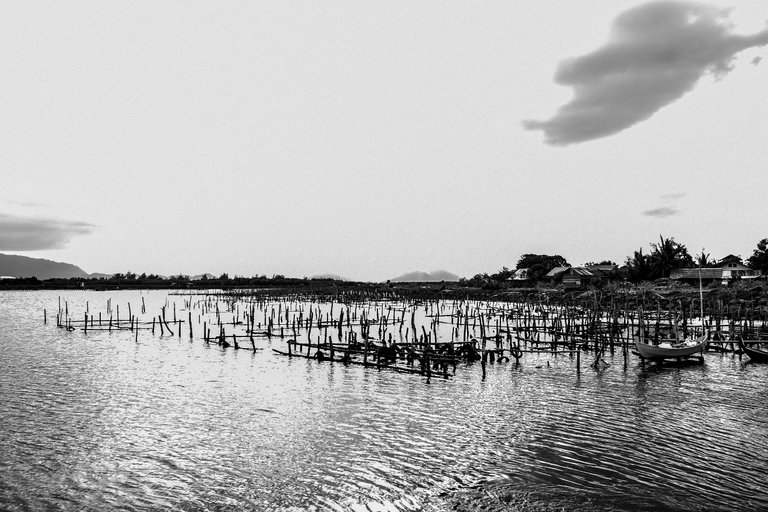
Before cultivation, local people got oysters by diving, (traditionally) on natural oysters.
In doing oyster cultivation, the people of Aceh use bamboo and used tires as attachments for oyster reefs. By utilizing these used tires, oyster reef extraction is very easy and produces 10 times the traditional method. According to farmers there, oysters produced from cultivation are larger than natural ones.
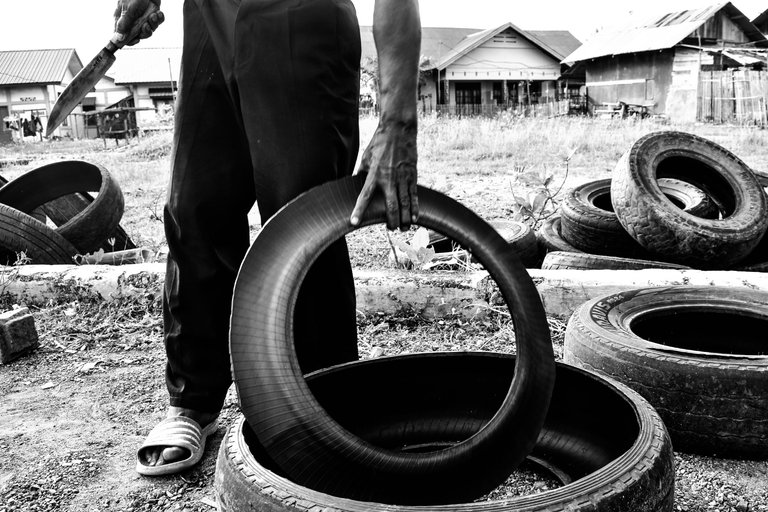
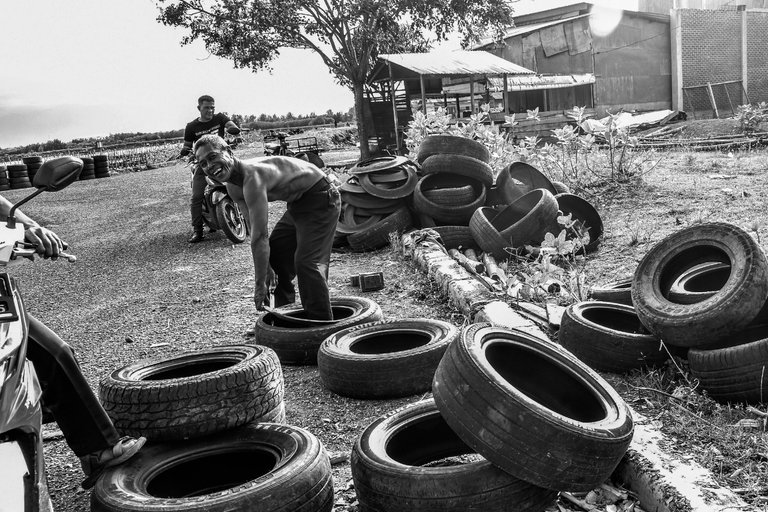
In the oyster cultivation area, there are still many shells scattered about. I myself have not been able to confirm whether the shell has been used or not. Whereas scientifically, oyster shells can be used for various raw materials, such as cement, lime, water and air treatment materials, plastic production, food supplements, and others.
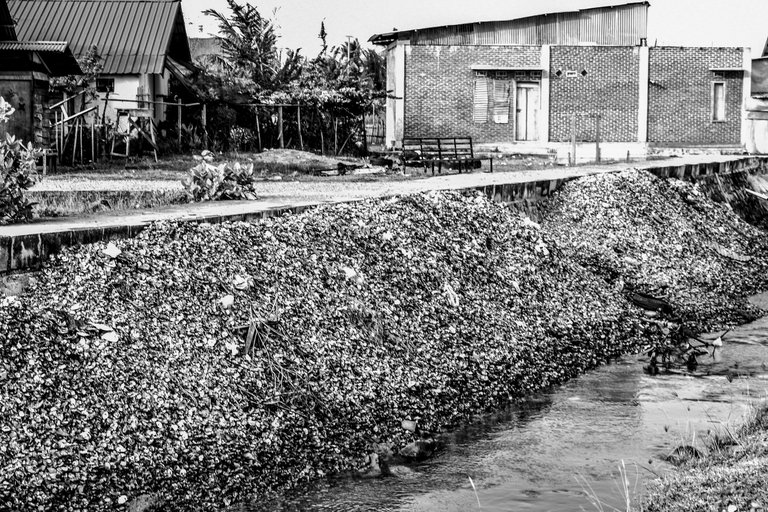
In a study entitled The Potential Use of Oyster Shell Waste in New Value-Added By-Product conducted by
Thamyres H. Silva, Joana Mesquita-Guimarães, Bruno Henriques, Filipe S. Silva, and Márcio C. Fredel
In conclusion, some of them are it is written as follows:
First, with the aims of revealing the potentialities of the reuse solution of oyster shell waste, an overview of the production and business-related dimensions of the oyster industry was conducted, and from this analysis, it can be stated that:
• The production of molluscs, particularly the Pacific oyster (Crassostrea gigas), generates thousands of tons of waste each year.
• The careless disposal of this massive amount of waste impacts the soil, water, and air quality and represents an environmental and public health problem.
• Governments should focus their attention and resources on general efforts to reduce environmental damage and special programs for waste treatment.


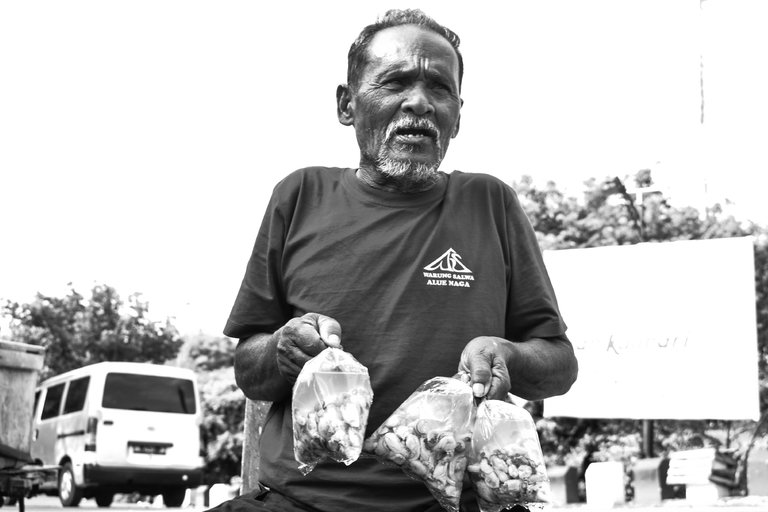
So I wrote this post, hopefully, with this news, there are friends who are interested in doing the Oyster Shell processing business in Aceh.
All Pictures above are taken by @resyiazhari, with Nikon D3400 camera
Amazing zing...